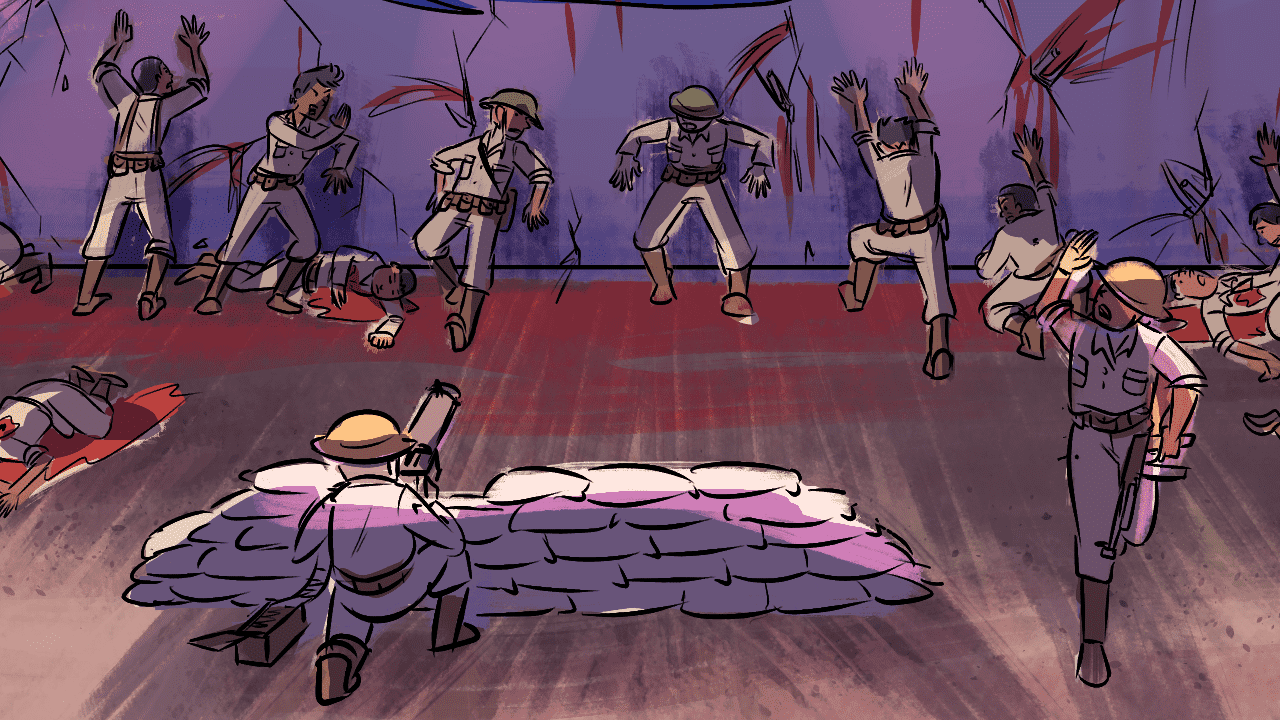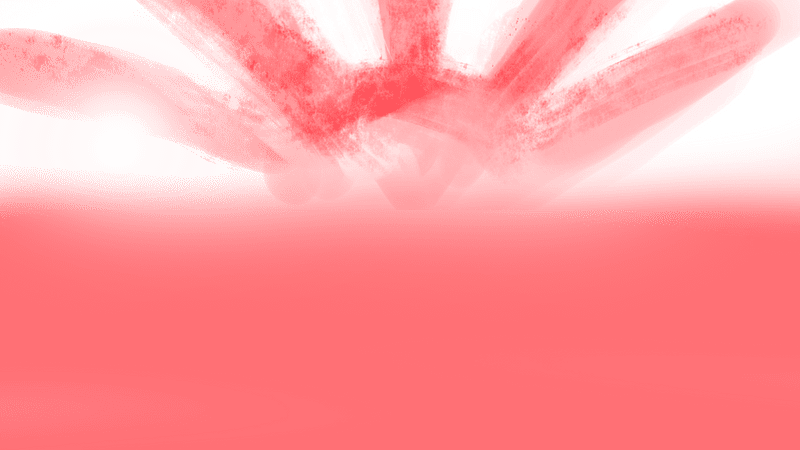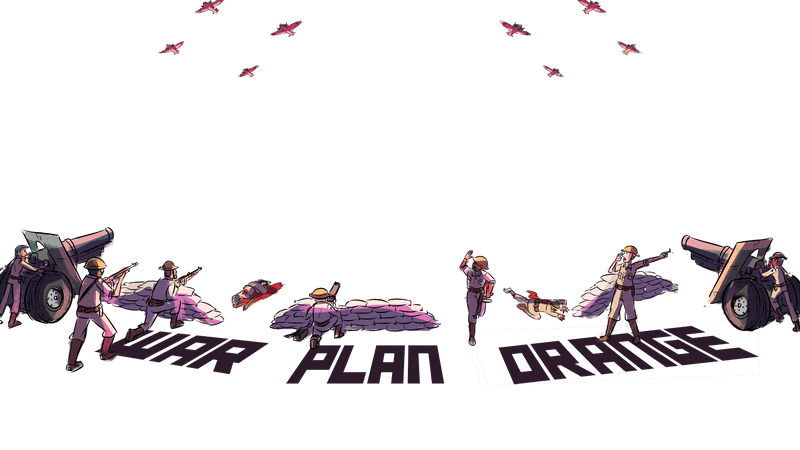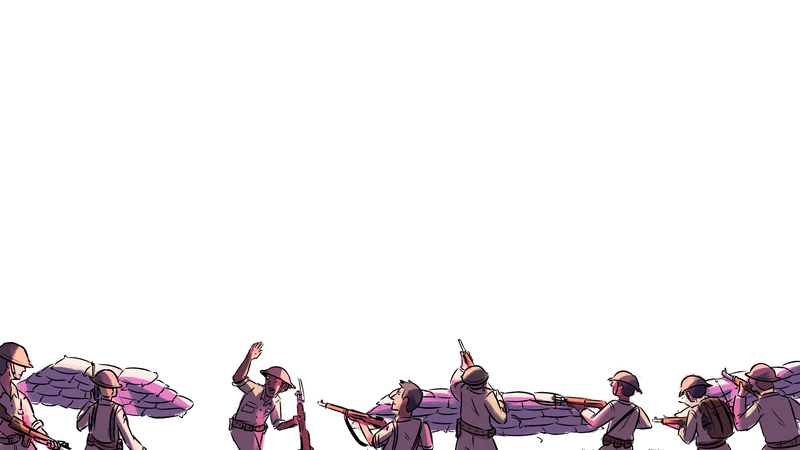Chapter Two: The Crucible of War
December 7, 1941 – January, 1942
Attack and Invasion
On December 7th, 1941, the Japanese attacked Pearl Harbor.
The Japanese invasion slammed into USAFFE positions as they struggled to hold the line.
An Untold Triumph: America's Filipino Soldiers
On the morning of December 7, 1941, the Japanese attacked U.S. naval forces at Pearl Harbor in Honolulu. Just a few hours later, Japanese planes also attacked the American colony of the Philippines. Even though radio broadcasts had reached U.S. military officials warning “Air Raid on Pearl Harbor. This is no drill,” Americans and Filipinos were caught off guard.
Oral History
“He just waved back at the man who was just trying to kill him minutes earlier.”
Paul Ruiz, Son of Veteran, President of Philippine Scouts Heritage Society
Japan dropped bombs on the city of Baguio, a military landing field at Iba, and most dramatically, devastated American planes at Clark Field, just north of Manila. Within days, Japanese forces began to bomb the city of Manila and other key sites.
Oral History
“USAFFE forces are there to meet them. Two nations, under one flag.”
Dr. Chris Capozzola, Historian, Professor at M.I.T.
Beyond Pearl Harbor
Near simultaneous devastating strikes hit U.S. military bases at Hawai'i, Guam, the Philippines and more.
USAFFE forces responded almost immediately. Some Philippine Army soldiers fought back against the Japanese landings that followed a few weeks later. Others tried to slow the enemy’s advance on Manila.
Oral History
“He led the first and only counterattack to the Japanese invasion that was successful.”
Derek Ledda, Son of Veteran
Jesus Villamor
November 7, 1914 – October 28, 1971
WWII Lieutenant Colonel, Army Air Corps decorated pilot and guerrilla leader
An ace Philippine pilot, Jesus Villamor was awarded the Distinguished Service Cross twice. During the invasion in December 1941, Villamor, flying a smaller, older Allied “Peashooter,” shot down multiple better-equipped Japanese zeros in frantic dog fights. Villamor escaped as defenses fell and joined the Allied Intelligence Bureau (AIB), a special agency instructed to operate behind enemy lines to collect intelligence. In 1943, Jesus Villamor snuck into the Philippines and helped establish communication between Allied forces and Filipino guerrillas. While commander in the AIB, Villamor slipped back into the Philippines aboard a submarine. Once in the islands, he made contact with guerrilla leaders on Luzon, the Visayan Islands, and Mindanao, connecting a network of guerrilla armies to MacArthur’s Headquarters in Australia.
Days after the attacks on Hawai’i and the Philippines, the United States declared war on Japan. (War with Japan’s ally Nazi Germany followed immediately after.) Japan’s military advance continued across Southeast Asia, to Singapore and Hong Kong, and across thousands of miles of Pacific Ocean and islands.
By the end of December, Japan’s soldiers were marching toward the capital. By Christmas, the situation was bleak indeed. General Douglas MacArthur declared Manila an “open city” to protect its civilian residents.
Celestino Almeda
June 8, 1917 –
Filipino Veteran and leading advocate for Filipino veterans benefits
Almeda served in the Philippine Commonwealth Army and USAFFE guerrillas. After the war, he fought to win recognition and equity for Filipino veterans of WWII. Born in Laguna in 1917, Almeda was in the Reserve Officers Training Corps and a high-school teacher when war broke out. He joined the anti-sabotage regiment of the Philippine Commonwealth Army and later served as a 2nd lieutenant with the USAFFE guerrillas. Despite his service, Almeda was denied recognition by the U.S. government and blocked from immigrating to the U.S. for almost 50 years. He continued to fight for recognition, writing letters to the U.S. Department of Veterans Affairs and joining the American Coalition for Filipino Veterans lobbying efforts. In 2017, at the age of 100, Almeda spoke before Congress at Filipino Veterans of World War II Congressional Gold Medal ceremony.
Against the Wall
War Plan Orange called for a fighting retreat to the Bataan Peninsula.
USAFFE forces struggle to hold the Japanese assault, falling back and fighting until there was nowhere left to retreat to.
This move required the U.S. and Philippine military forces to withdraw from the region. Many retreated, following the military’s top-secret plan for war with Japan. War Plan Orange called for a fighting retreat to the Bataan Peninsula—located to the north and west of Manila. There soldiers were to dig in long enough for relief to arrive from Pearl Harbor.
Edwin Price Ramsey
May 9, 1917 – March 7, 2013
WWII decorated U.S. soldier and guerrilla leader
Lieutenant Edwin Ramsey was serving with the 26th Cavalry Regiment in the Philippines when the war broke out. During the opening stages of War Plan Orange, Edwin led the last successful horse-mounted Cavalry charge in U.S. Army history. They routed a large Japanese force and cleared the path to Bataan, earning him the Silver Star. After Bataan, Ramsey evaded capture and joined Claude Thorpe, who had been tasked by General MacArthur with organizing the guerrilla resistance. Though Japanese forces offered a reward for his capture, Ramsey and his guerrillas continued to fight, at times using homemade weapons. Ravaged by disease, inadequate supplies, and the hardships of life as a guerrilla, Ramsey weighed only 93 pounds when the Sixth Army reached Luzon in January 1945. For his contribution to the Allied victory, Ramsey was awarded the Distinguished Service Cross.
But after the destruction in Honolulu on December 7, there was no relief coming. The soldiers at Bataan and Corregidor, along with nurses and civilian supporters, stood all alone. In a radio broadcast to listeners in the Philippines, President Franklin Roosevelt gave Filipinos his “solemn pledge that their freedom will be redeemed and their independence established and protected.” No one knew whether that promise could be fulfilled.
Soldiers at Bataan and Corregidor stood alone.
Next Section
January – May, 1942
Bataan and Corregidor
After a fierce battle to hold off the invasion, the Philippines falls and forces surrender.
Explore



